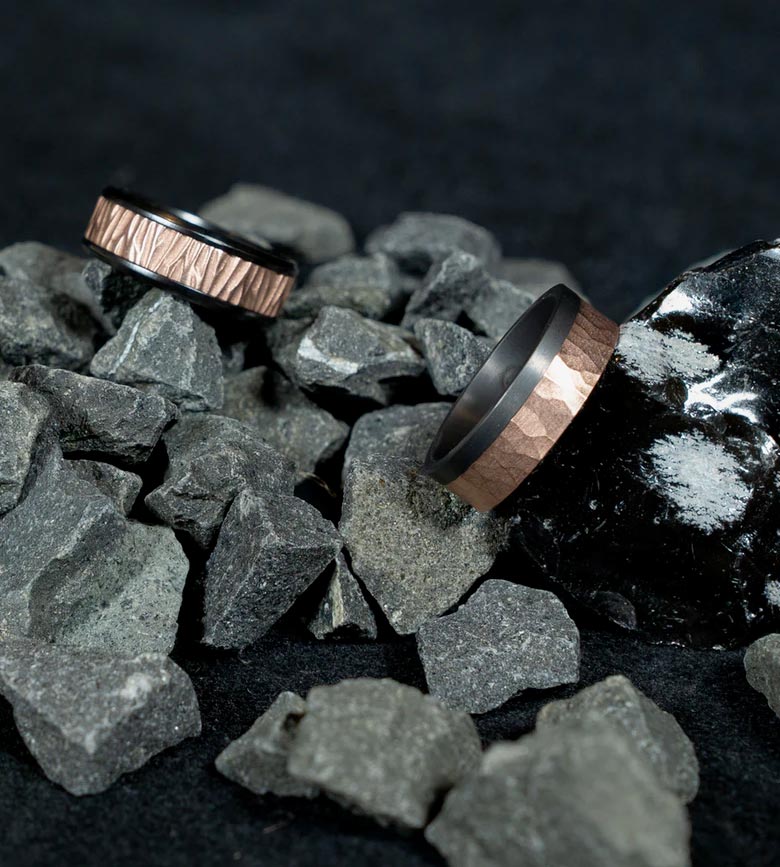Walkers have long been deemed a boon to those seeking to ameliorate their mobility and reinstate a sense of independence. These assistive contrivances play a pivotal role in affording support to individuals grappling with mobility hurdles, proffering stability and assurance as they traverse the realm of everyday activities.

Evolution of Walkers
Through the annals of time, walkers have undergone a considerable metamorphosis, adapting to accommodate the shifting exigencies of their users. From the rudimentary frames bearing four limbs to the more sophisticated models incorporating wheels, hinges, and ergonomic grips, the design of walkers has progressed to accentuate both utility and amenity.
In recent epochs, technological innovations have further revolutionized the domain of walkers. Attributes such as collapsible frameworks, variable altitude settings, and specialized accoutrements have rendered these devices more user-friendly and expedient.
Benefits of Walkers
The benefits attendant upon the utilization of walkers transcend mere physical succor. By proffering a steadfast foundation for ambulation, walkers aid in refining posture, stability, and overall mobility. Furthermore, they mitigate the peril of tumbles and injuries, rendering them indispensable aids for individuals contending with equilibrium quandaries or debility in the inferior regions.
Moreover, walkers foster independence and instill in users the impetus to partake in daily activities with conviction. By furnishing a sense of security and bolster, walkers empower individuals to navigate their environs sans the perpetual dread of stumbling or losing equilibrium.

Types of Leg Support Devices
A plethora of leg-support contrivances are procurable to cater to diverse exigencies. Conventional walkers, rollators, knee scooters, and crutches rank among the most prevalent options, each tailored to address distinct mobility challenges.
Each variant of leg support device proffers singular attributes and benefits. Rollators, for instance, are equipped with wheels for a seamless perambulation, whilst knee scooters present a hands-free alternative to traditional walkers, ideal for convalescents recuperating from injuries or surgeries.
Ensuring Proper Fit
Whilst selecting a walker, it is imperative to secure a proper fit to obviate strain or discomfort. Handles ought to align with wrist level, permitting a natural arm disposition whilst perambulating. Additionally, the walker's altitude should be amenable to adjustment to cater to singular predilections.
Safety Considerations
Prudence ought to eternally reign paramount whilst employing a walker. Routine maintenance inspections, entailing guarantying proper wheel alignment and secure locking mechanisms, are imperative to preclude mishaps. Users should also garner adequate tutelage on how to wield the walker securely and efficaciously.
Incorporating Walkers into Daily Life
The assimilation of walkers into quotidian life transcends mere physical assistance—it incarnates a mentality of resilience and adaptability. Whether employed for brief sojourns in the vicinity or maneuvering through congested vicinities, walkers enable individuals to perpetuate an active lifestyle notwithstanding mobility impediments.
Physical Therapy with Walkers
Walkers can be interlaced into physical therapy regimens to refine vigor, equilibrium, and coordination. Therapists frequently devise bespoke exercises utilizing walkers to aid individuals in revivifying mobility and confidence in their motions.
Maintaining Independence
One of the quintessential merits of walkers is their acumen in sustaining independence for users. By dispensing the requisite succor and bolster, walkers empower individuals to execute daily tasks, partake in social engagements, and pursue their fervors sans constraints.
Conclusion
Walkers and leg support devices occupy a pivotal niche in enhancing the quality of life for individuals grappling with mobility challenges. From their evolutionary trajectory and advantages to the gamut of varieties procurable, walkers serve as steadfast compatriots in fostering independence and mobility. Via the election of the appropriate walker, ensurance of safety, and integration into quotidian routines, individuals can savor a newfound liberty and conviction in their motions.





